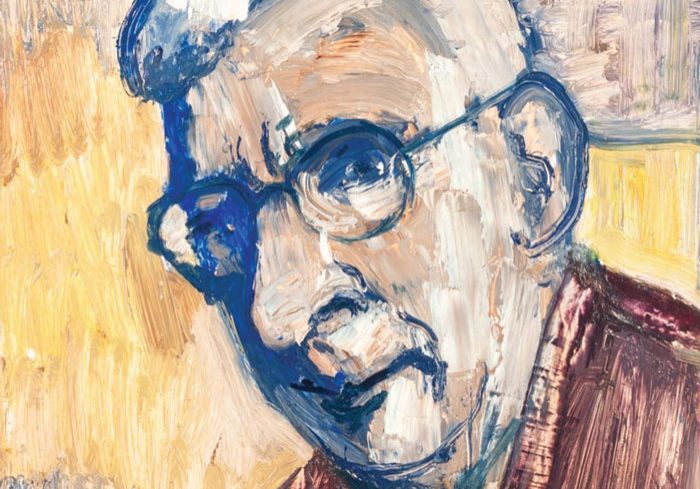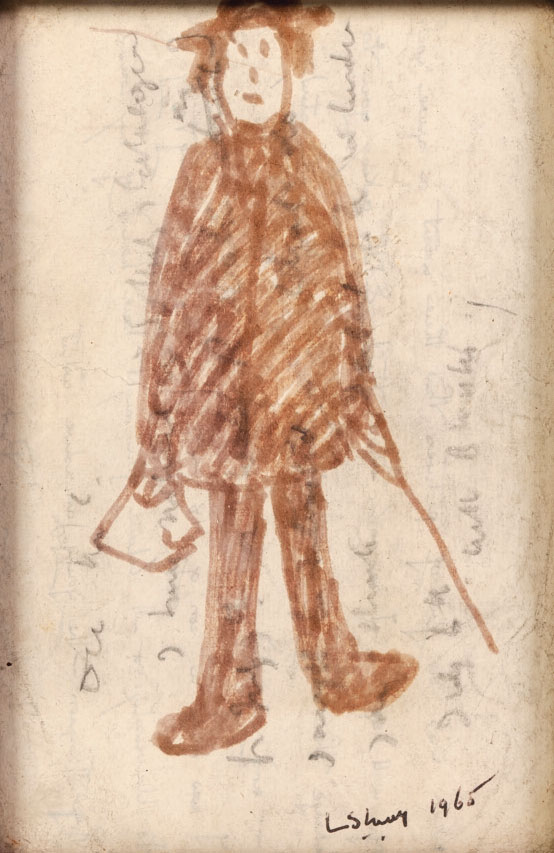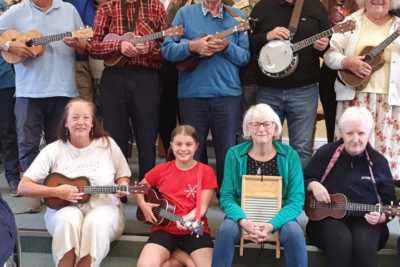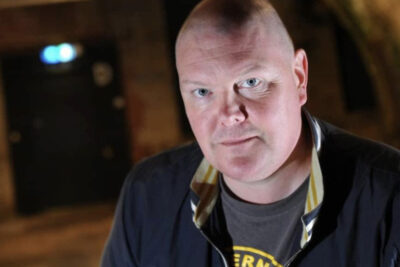
A Northern Legend
by Michael Perry
The art works of L.S. Lowry continue to be of major importance in the auction rooms. Manchester and Salford were the places of Lowry’s working life as a rent collector and the north of England the subject of most of his paintings.
From the time when I joined Capes Dunn in 1960 until Lowry’s death in 1976, most of my contact with his work was through valuations for insurance purposes. During the 1960s, Lowry was enjoying the fruits of his national popularity and I enjoyed seeing and valuing some his major oil paintings in various local private collections. When Lowry died, Capes Dunn were instructed to sell the residue of the contents of his house in Mottram but his furniture and effects were singularly uninspiring.
In the ensuing 43 years, a steady trickle of his original works, mainly drawings, have passed through our auction rooms. Most recently, and spectacularly, we sold a small drawing of the ‘Fair at Daisy Nook’ for a hammer price of £66,000. The vital ingredient for a successful sale of a Lowry drawing is a good provenance. This may be provided by a single gallery label on the back, from one such as the ‘Tib Lane Gallery’, Manchester, who would market Lowry’s work by staging one-man exhibitions on his behalf. Occasionally, there may be an original purchase receipt from such as the Lefevre Gallery who were Lowry’s agent in London.


More often, the provenance of his work comes from the vendor who usually had acquired a pencil drawing given to them or their family as they were acquainted with Lowry himself. For example, someone who worked at the Meng & Ecker tearooms in St Ann’s Passage, Manchester, where Lowry went on a daily basis after working his rent round, had asked him to draw a figure on a table napkin which, many years later, sold for a four figure sum in our auction rooms. I particularly remember a visit to an elderly man in a Lancashire town who had a convincing back story relating to a portrait drawn by Lowry. However, what fascinated me more was his own background as a significant post-war 1st Division footballer. He told me how he worked all day as a plumber and went straight from a job to catch a bus, a train and then another bus and finally, after a brisk walk, arriving at the ground with no time to get washed before running out onto the pitch for a mid-week match against Tottenham Hotspur. We did not get his Lowry to sell, but I really enjoyed meeting him.
A short time ago, two Lowry drawings were brought to us for auction from the South of England by a descendant of Frank Mullineux, who was the curator of Monks Hall Museum in Eccles. Mullineux was a friend of Lowry, who would visit the Mullineux family at their home in Worsley and for a number of years it was a regular occurrence for him to visit on New Year’s Day. Their friendship is mentioned in Shelley Rohde’s book ‘A Private View of L. S. Lowry’. The two drawings (pictured) consigned for auction were a gift to Mullineux from Lowry. Also, in the not too distant past, a catalogue of a one-man exhibition of Lowry’s work at Monks Hall, which had been autographed on the front cover by Lowry, was sold by Capes Dunn at auction. The cast iron Mullineux provenance will, hopefully, guarantee a successful sale for the two drawings in our next Northern Artists Auction at 6.30pm Tuesday 24th March 2020.




